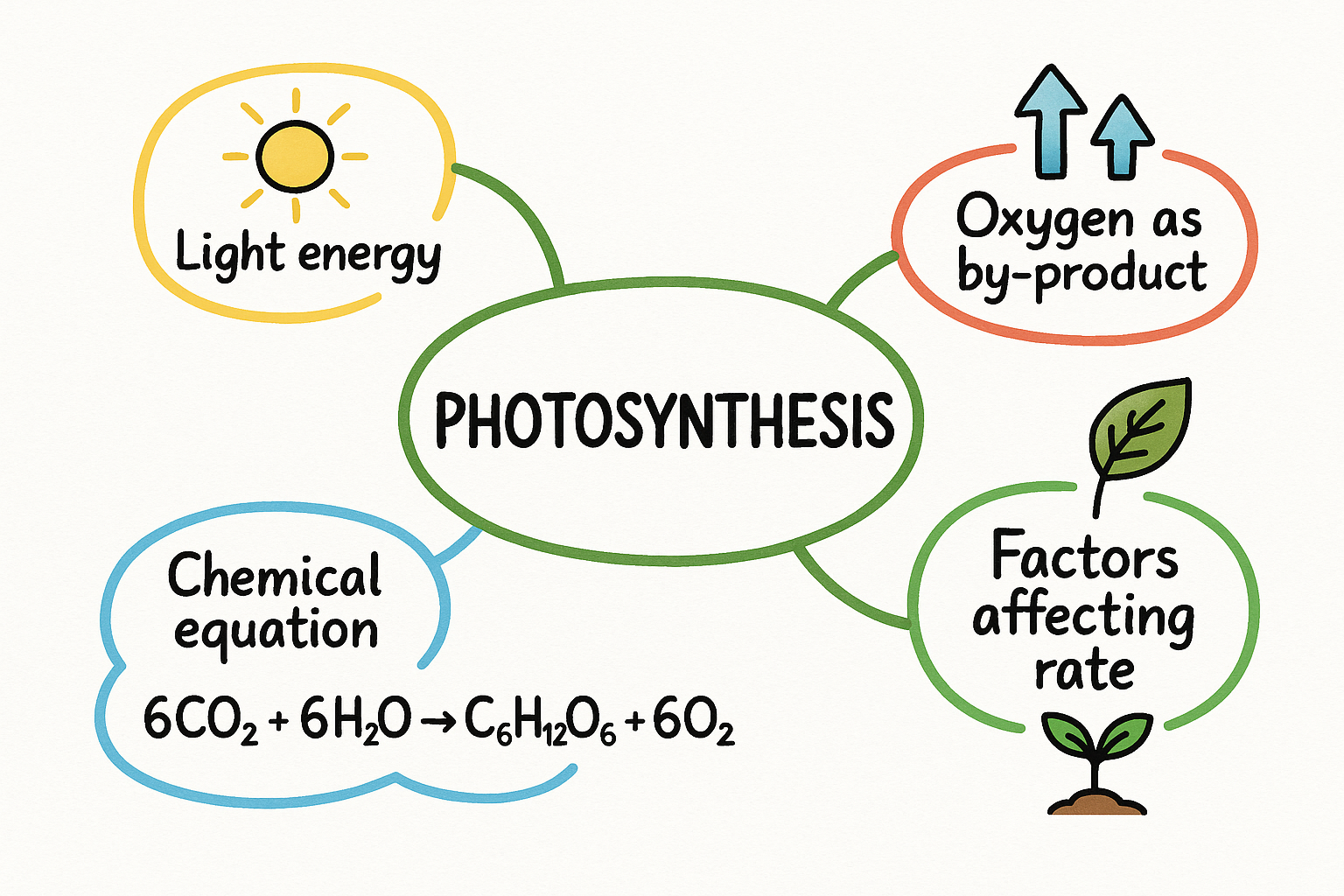Mind Maps
MIND MAPS
Mind maps are visual tools that help you organise information, see connections, and boost memory. You start with a central idea and branch out with keywords, images, and colours. They're ideal for summarising topics, planning essays, or revising big ideas.
How to Create a Mind Map Effectively
- 🧠 Start with a central idea or topic in the middle of the page.
- 🌿 Add branches for key subtopics—use single keywords.
- 🌈 Use different colours to group ideas or show links.
- 🎨 Add images, symbols, or diagrams to boost memory.
- 🔁 Keep it clear: use short words, arrows, and lines to connect ideas logically.
Top Tips for Making Powerful Mind Maps
✔ Use landscape paper—you’ll have more space to branch out
✔ Stick to one keyword per branch to keep it flexible
✔ Use thicker lines for main ideas, thinner ones for details
✔ Add icons, doodles, or emojis to aid visual recall
✔ Highlight or underline links between branches
✔ Revisit and redraw your mind maps from memory to reinforce learning
Why Mind Maps Work
Mind maps make use of dual coding—combining words and images—which helps your brain process and retain information more effectively. They also show the relationships between ideas, making complex topics easier to understand and remember. Research shows that mind maps can significantly improve learning, especially in subjects that require organisation and explanation.
Example Mind Map
 Topic: Photosynthesis
Topic: Photosynthesis
